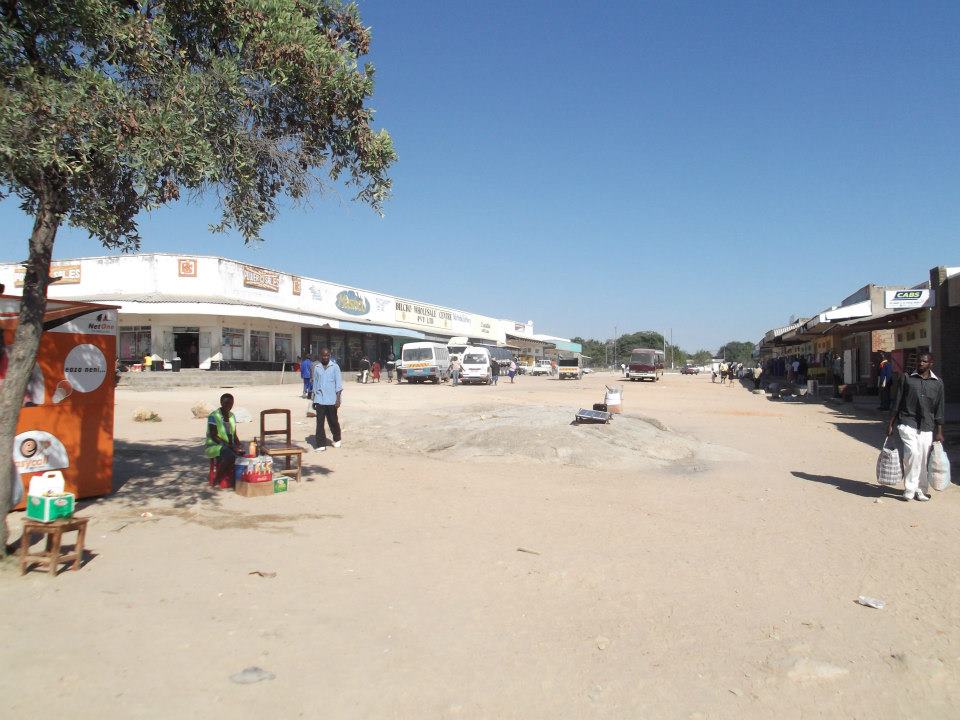
Buhera — Murambinda, one of Zimbabwe’s most populous growth points, has run out of space for both residential and commercial purposes at a time investment in the fledgling town is increasing, an official has said.
By CLAYTON MASEKESA
Buhera District Council chairman Ngoni Musakaruka told The Standard last week that the growth point had been receiving a lot of inquiries from potential business developers and house owners who want to develop infrastructure, but the growth point no longer had land to develop.
“The growth point has got great potential to develop because we have a lot of people who want to invest here, but the problem is the council no longer has space to accommodate new infrastructural developments,” Musakaruka said.
“The major challenge is that the land that is surrounding the growth point belongs to villagers and we cannot chase the villagers away in order to take their land?”
Musakaruka said the council was now asking potential investors and development partners to consider a vertical development model in its new plan.
Murambinda Growth Point is one of the two areas designated for urban development in Buhera district, with the other being Birchenough Bridge.
Apart from business complexes, the growth point also houses one of the biggest rural hospitals, Murambinda Mission Hospital and a secondary school, Murambinda High School.
- Chamisa under fire over US$120K donation
- Mavhunga puts DeMbare into Chibuku quarterfinals
- Pension funds bet on Cabora Bassa oilfields
- Councils defy govt fire tender directive
Keep Reading
The hospital was founded in 1968 and has excellent nurse training facilities. It is also a referral hospital whose catchment area has over 300 000 villagers.
Musakaruka has appealed to government and relevant stakeholders to provide more land for the expansion of the growth point. He said: “We desperately need more land for housing and industrial expansion. Under the proposal, the local authority will embrace a new concept of densification of resettlement and the vertical development model,” he said.
Though Zimbabwe’s settlements have been facing space constraints, experts say land can be fully utilised through vertical, rather than horizontal expansion.
Musakaruka bemoaned the slow pace of the construction of Marovanyati Dam, which — when completed — would provide water to the growth point apart from sustaining irrigation projects. The Chinese company that won the tender failed to complete the dam project citing funding constraints.
The company, Jiangxi International Corporation, began construction of the dam in 2003 and was expected to complete it in 2009. The company however stopped work because it had run out of funds.
“The dam was earmarked to be the source of livelihood for hundreds of households in the district that endure perennial droughts due to poor rains,” Musakaruka said.
He also urged government to intervene and prioritise the construction of the dam.
“Government should now prioritise this project because there is an increasing demand for water,” he said.
The dam is expected to provide domestic and industrial water to residents of Murambinda and surrounding areas.
The project was also earmarked to irrigate 3 650 hectares of land. The failure to complete the dam has resulted in about 1 000 people losing their jobs.










